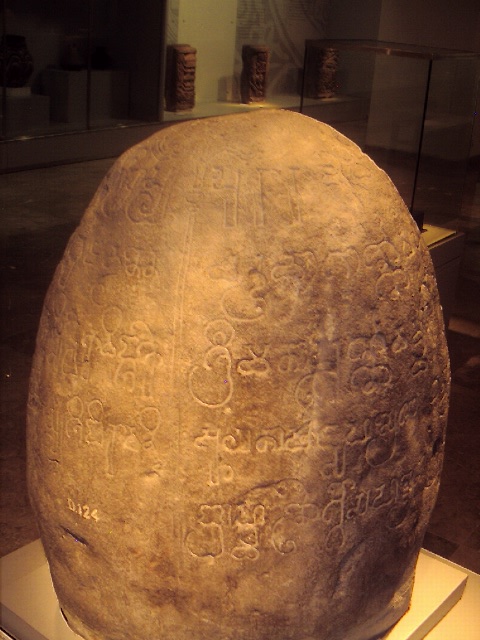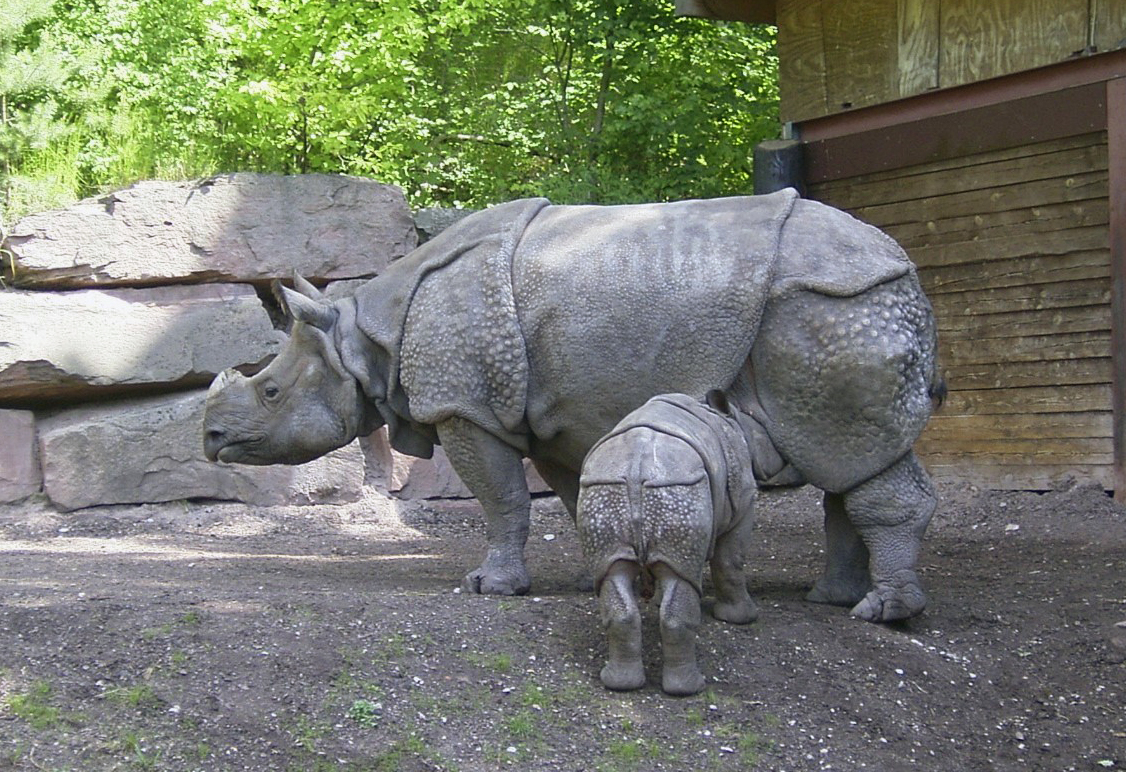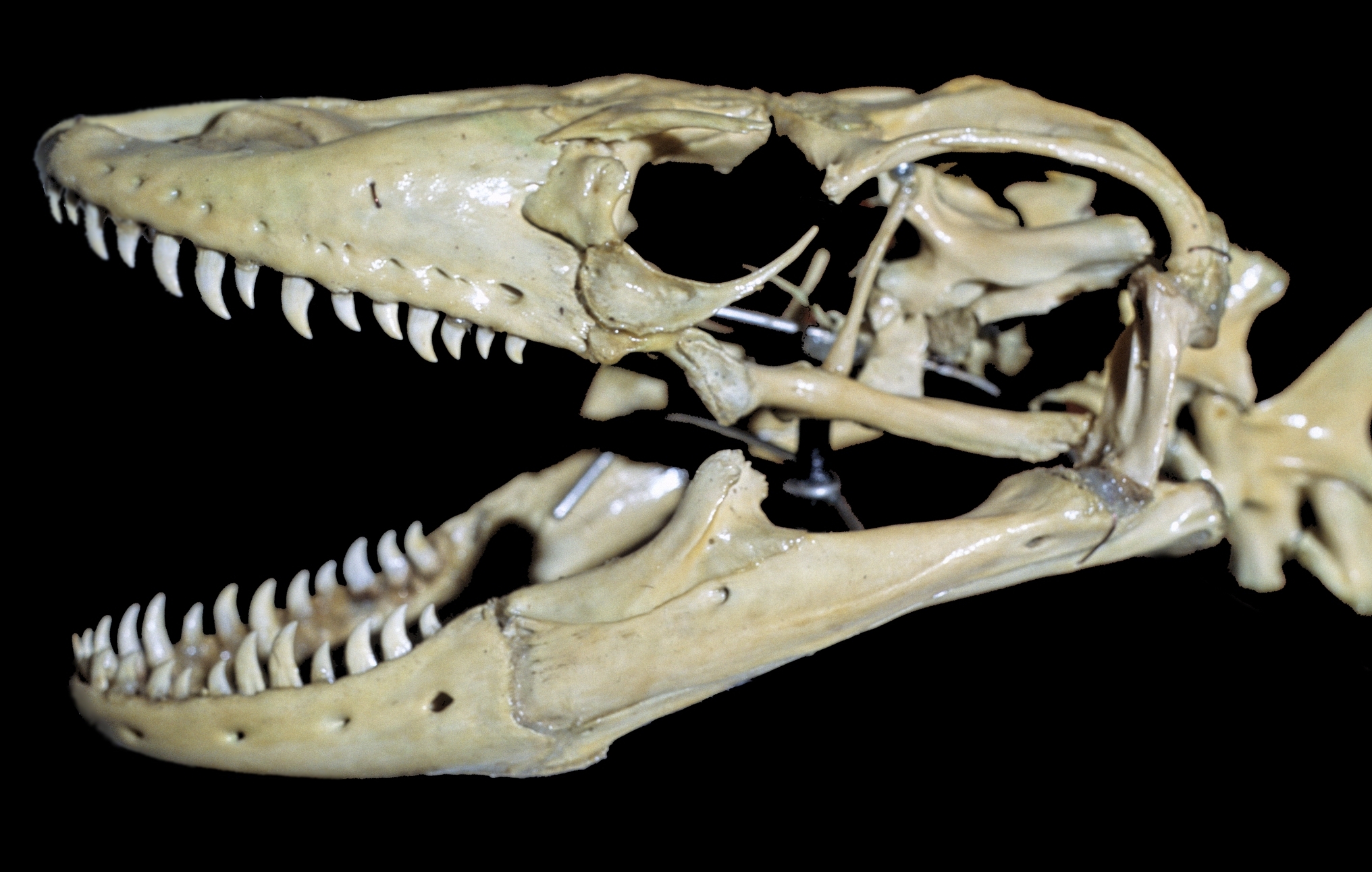|
Zoological Museum Of Bogor
Bogor Zoology Museum (Indonesian, ''Museum Zoologi Bogor'' or ''Museum Zoologicum Bogoriense'', often abbreviated to ''MZB'') is a museum located next to the main entrance of the Bogor Botanical Gardens in the city of Bogor, Indonesia. The museum and its laboratory were founded in 1894 by government of Dutch East Indies during the colonial era. It contain one of the largest collections of preserved fauna specimens in southeast Asia. History Bogor Zoology Museum was founded by Dr. J.C. Koningsberger in August 1894, and was originally just a small laboratory at the corner of the Bogor Botanical Garden (formerly known as s Lands Plantentuin''). The first laboratory was known as (Agriculture and Zoological Laboratory), which focussed on insect pests in plants. Inspired by his visit to Sri Lanka in 1898, J. Koningsberger went to collect animal specimens for research with assistance of Dr Melchior Treub. At the end of August 1901, a building was completed to house the zoological mus ... [...More Info...] [...Related Items...] OR: [Wikipedia] [Google] [Baidu] |
Bogor
Bogor City (), or Bogor (, ), is a landlocked city in the West Java, Indonesia. Located around south of the national capital of Jakarta, Bogor is the 6th largest city in the Jakarta metropolitan area and the 14th overall nationwide. Estimasi Penduduk Menurut Umur Tunggal Dan Jenis Kelamin 2014 Kementerian Kesehatan The city covers an area of 111.39 km2, and it had a population of 950,334 at the 2010 CensusBiro Pusat Statistik, Jakarta, 2011. and 1,043,070 at the 2020 Census.Badan Pusat Statistik, Jakarta, 2021. The official population estimate as at the end of 2023 was 1,127,408. Bogor is an important center of economy, science, cultural heritage and tourism in Indonesia because this city is a mount ... [...More Info...] [...Related Items...] OR: [Wikipedia] [Google] [Baidu] |
Pest (organism)
A pest is any organism harmful to humans or human concerns. The term is particularly used for creatures that damage crops, livestock, and forestry or cause a nuisance to people, especially in their homes. Humans have modified the environment for their own purposes and are intolerant of other creatures occupying the same space when their activities impact adversely on human objectives. Thus, an elephant is unobjectionable in its natural habitat but a pest when it tramples crops. Some animals are disliked because they bite or sting; wolves, snakes, wasps, ants, bed bugs, fleas and ticks belong in this category. Others enter the home; these include houseflies, which land on and contaminate food; beetles, which tunnel into the woodwork; and other animals that scuttle about on the floor at night, like rats and cockroaches, which are often associated with unsanitary conditions. Agricultural and horticultural crops are attacked by a wide variety of pests, the most important being ... [...More Info...] [...Related Items...] OR: [Wikipedia] [Google] [Baidu] |
Museums In West Java
A museum is an institution dedicated to displaying or preserving culturally or scientifically significant objects. Many museums have exhibitions of these objects on public display, and some have private collections that are used by researchers and specialists. Museums host a much wider range of objects than a library, and they usually focus on a specific theme, such as the arts, science, natural history or local history. Public museums that host exhibitions and interactive demonstrations are often tourist attractions, and many draw large numbers of visitors from outside of their host country, with the most visited museums in the world attracting millions of visitors annually. Since the establishment of the earliest known museum in ancient times, museums have been associated with academia and the preservation of rare items. Museums originated as private collections of interesting items, and not until much later did the emphasis on educating the public take root. Etymology The ... [...More Info...] [...Related Items...] OR: [Wikipedia] [Google] [Baidu] |
Blue Whale
The blue whale (''Balaenoptera musculus'') is a marine mammal and a baleen whale. Reaching a maximum confirmed length of and weighing up to , it is the largest animal known ever to have existed. The blue whale's long and slender body can be of various shades of greyish-blue on its upper surface and somewhat lighter underneath. Four subspecies are recognized: ''B. m. musculus'' in the North Atlantic and North Pacific, ''B. m. intermedia'' in the Southern Ocean, ''B. m. brevicauda'' (the pygmy blue whale) in the Indian Ocean and South Pacific Ocean, and ''B. m. indica'' in the Northern Indian Ocean. There is a population in the waters off Chile that may constitute a fifth subspecies. In general, blue whale populations migrate between their summer feeding areas near the poles and their winter breeding grounds near the tropics. There is also evidence of year-round residencies, and partial or age/sex-based migration. Blue whales are filter feeders; their diet consists almost ... [...More Info...] [...Related Items...] OR: [Wikipedia] [Google] [Baidu] |
Javan Rhinoceros
The Javan rhinoceros (''Rhinoceros sondaicus''), Javan rhino, Sunda rhinoceros or lesser one-horned rhinoceros is a critically endangered member of the genus ''Rhinoceros'', of the rhinoceros family Rhinocerotidae, and one of the five remaining extant rhinoceros species in South Asia and Africa. It has a plate-like skin with protective folds and is one of the smallest rhinoceros species with a body length of and a long tail. The heaviest specimens weigh around . Its horn is usually shorter than . Up until the mid-19th to about the early 20th century, the Javan rhinoceros had ranged beyond the islands of Java and Sumatra and onto the mainland of Southeast Asia and Indochina, northwest into East India, Bhutan, and the south of China. Today, it is the rarest of all rhinoceros, and among the rarest of all living animal species, with only one currently known wild population, and no individuals successfully kept in captivity. It is among the rarest large mammals in the world with a ... [...More Info...] [...Related Items...] OR: [Wikipedia] [Google] [Baidu] |
Closed Front Door Of Bogor Zoology Museum From Inside
Closed may refer to: Mathematics * Closure (mathematics), a set, along with operations, for which applying those operations on members always results in a member of the set * Closed set, a set which contains all its limit points * Closed interval, an interval which includes its endpoints * Closed line segment, a line segment which includes its endpoints * Closed manifold, a compact manifold which has no boundary * Closed differential form, a differential form whose exterior derivative is 0 Sport * Closed tournament, a competition open to a limited category of players * Closed (poker), a betting round where no player will have the right to raise Other uses * ''Closed'' (album), a 2010 album by Bomb Factory * Closed GmbH, a German fashion brand * Closed class, in linguistics, a class of words or other entities which rarely changes See also * * Close (other) * Closed loop (other) * Closing (other) * Closure (other) * Open (other) Open ... [...More Info...] [...Related Items...] OR: [Wikipedia] [Google] [Baidu] |
Komodo Dragon
The Komodo dragon (''Varanus komodoensis''), also known as the Komodo monitor, is a large reptile of the monitor lizard family Varanidae that is endemic to the Indonesian islands of Komodo (island), Komodo, Rinca, Flores, Gili Dasami, and Gili Motang. The largest extant population lives within the Komodo National Park in Eastern Indonesia. It is the List of largest extant lizards, largest extant species of lizard, with the males growing to a maximum length of and weighing up to . As a result of their size, Komodo dragons are apex predators, and dominate the ecosystems in which they live. Komodo dragons hunt and ambush prey including invertebrates, birds, and mammals. Komodo dragons' group behavior in hunting is exceptional in the reptile world. The diet of Komodo dragons mainly consists of Javan rusa (''Rusa timorensis''), though they also eat considerable amounts of carrion. Komodo dragons also occasionally attack humans. Mating begins between May and August, and the eggs a ... [...More Info...] [...Related Items...] OR: [Wikipedia] [Google] [Baidu] |
Peter Ouwens
Pieter Anthonis Ouwens (14 February 1849, Amsterdam – 5 March 1922, Buitenzorg) was a Dutch scientist and Director of the Java Zoological Museum and Botanical Gardens. He is best known for writing the first formal description of the Komodo dragon (''Varanus komodoensis'') in 1912. Family Ouwens was the child of Pieter Anthonis Ouwens, accountant in Amsterdam, and Caroline Reiniera Nagels. He studied at the Royal Military Academy in Breda from 1867. In 1871, he became lieutenant at the Infantry in the Dutch East Indies and by 1883 he had been promoted to captain. In January 1879 he married Johanna Vosmaer at Banda Aceh. They divorced a month after the birth of their only child in 1882 in Salatiga and Ouwens remarried Jeanne Dikkers in December 1883 in Purworejo. He remarried again in 1902 with Anna Josephina Soesman.Pieter Antonie Ouwens in :nl:De Nederlandse Leeuw, Volumes 88-93, :nl:Koninklijk Nederlandsch Genootschap voor Geslacht- en Wapenkunde, 1971, page 512 Komodo d ... [...More Info...] [...Related Items...] OR: [Wikipedia] [Google] [Baidu] |
Melchior Treub
Melchior Treub (26 December 1851 – 3 October 1910) was a Dutch botanist. He worked at the Bogor Botanical Gardens in Buitenzorg on the island of Java, south of Batavia, Dutch East Indies, gaining attention for his work on tropical flora. He also founded the Bogor Agricultural Institute. He traveled and collected across many areas of Southeast Asia. He was born in Voorschoten, and in 1873 he graduated in biology from the University of Leiden. Subsequently, he remained in Leiden as a botanical assistant. From 1880 to 1909 he was a botanist based in the Dutch East Indies. In 1879 he was appointed a member of the Royal Dutch Academy of Sciences (KNAW) and was appointed as director of Bogor Botanical Gardens' Lands Plantentuin in Buitenzorg (Bogor) in the year 1880. Treub worked on tropical flora on Java and organized the Botanical Garden as a scientific institution of botany. Under his leadership many crucial researches were successfully completed on plant diseases of econom ... [...More Info...] [...Related Items...] OR: [Wikipedia] [Google] [Baidu] |
Sri Lanka
Sri Lanka, officially the Democratic Socialist Republic of Sri Lanka, also known historically as Ceylon, is an island country in South Asia. It lies in the Indian Ocean, southwest of the Bay of Bengal, separated from the Indian subcontinent, Indian peninsula by the Gulf of Mannar and the Palk Strait. It shares a maritime border with the Maldives in the southwest and India in the northwest. Sri Jayawardenepura Kotte is the legislative capital of Sri Lanka, while the largest city, Colombo, is the administrative and judicial capital which is the nation's political, financial and cultural centre. Kandy is the second-largest urban area and also the capital of the last native kingdom of Sri Lanka. The most spoken language Sinhala language, Sinhala, is spoken by the majority of the population (approximately 17 million). Tamil language, Tamil is also spoken by approximately five million people, making it the second most-spoken language in Sri Lanka. Sri Lanka has a population of appr ... [...More Info...] [...Related Items...] OR: [Wikipedia] [Google] [Baidu] |
Laboratory
A laboratory (; ; colloquially lab) is a facility that provides controlled conditions in which scientific or technological research, experiments, and measurement may be performed. Laboratories are found in a variety of settings such as schools, universities, privately owned research institutions, corporate research and testing facilities, government regulatory and forensic investigation centers, physicians' offices, clinics, hospitals, regional and national referral centers, and even occasionally personal residences. Overview The organisation and contents of laboratories are determined by the differing requirements of the specialists working within. A physics laboratory might contain a particle accelerator or vacuum chamber, while a metallurgy laboratory could have apparatus for casting or refining metals or for testing their strength. A chemist or biologist might use a wet laboratory, while a psychologist's laboratory might be a room with one-way mirrors and hidden ... [...More Info...] [...Related Items...] OR: [Wikipedia] [Google] [Baidu] |
Zoology
Zoology ( , ) is the scientific study of animals. Its studies include the anatomy, structure, embryology, Biological classification, classification, Ethology, habits, and distribution of all animals, both living and extinction, extinct, and how they interact with their ecosystems. Zoology is one of the primary branches of biology. The term is derived from Ancient Greek , ('animal'), and , ('knowledge', 'study'). Although humans have always been interested in the natural history of the animals they saw around them, and used this knowledge to domesticate certain species, the formal study of zoology can be said to have originated with Aristotle. He viewed animals as living organisms, studied their structure and development, and considered their adaptations to their surroundings and the function of their parts. Modern zoology has its origins during the Renaissance and early modern period, with Carl Linnaeus, Antonie van Leeuwenhoek, Robert Hooke, Charles Darwin, Gregor Mendel a ... [...More Info...] [...Related Items...] OR: [Wikipedia] [Google] [Baidu] |









